Antipsychotic Side Effect Risk Calculator
Personalize Your Assessment
Answer these questions to see which antipsychotics may be best for your situation
When a doctor prescribes an antipsychotic, the choice isn’t random - it’s a balancing act between symptom control, side‑effects, and personal health factors. Risperdal (risperidone) is often at the top of the list, but dozens of alternatives exist. This guide walks you through what makes Risperdal tick, how it stacks up against other commonly used drugs, and what to consider before making a switch.
What is Risperdal (Risperidone)?
Risperdal is a second‑generation (atypical) antipsychotic that was first approved by the FDA in 1993. It works primarily by blocking dopamine D2 receptors and serotonin 5‑HT2A receptors, which helps to reduce psychotic symptoms such as hallucinations and delusions. The drug is sold under the generic name risperidone and is available in tablet, oral solution, and long‑acting injectable forms. Its main uses include treating schizophrenia, bipolar I disorder, and irritability associated with autistic disorder.
How Risperdal Works
Risperdal’s dual receptor activity gives it a smoother side‑effect profile than older, first‑generation antipsychotics. By dampening dopamine while simultaneously modulating serotonin, it can improve mood, thought disorder, and negative symptoms without causing as much motor rigidity. However, the drug isn’t free of risks - higher doses can still trigger extrapyramidal symptoms (EPS) like tremor or stiffness, and metabolic changes such as weight gain and increased blood sugar are possible.
Key Considerations When Using Risperdal
- Efficacy: Clinical trials consistently show Risperdal reduces Positive and Negative Syndrome Scale (PANSS) scores in schizophrenia patients within 4‑6 weeks.
- Common Side Effects: Sedation, dizziness, increased prolactin levels (which can cause menstrual irregularities or breast enlargement), and occasional EPS.
- Metabolic Impact: Compared with some newer agents, Risperdal’s weight‑gain risk is moderate, but regular monitoring of weight, lipid panel, and fasting glucose is advised.
- Dosing: Adults usually start at 1 mg twice daily, titrating up to 4‑6 mg per day based on response. Pediatric dosing is weight‑based and requires careful adjustment.
- Drug Interactions: Strong CYP2D6 inhibitors (e.g., fluoxetine, paroxetine) can raise risperidone levels, increasing side‑effect risk.
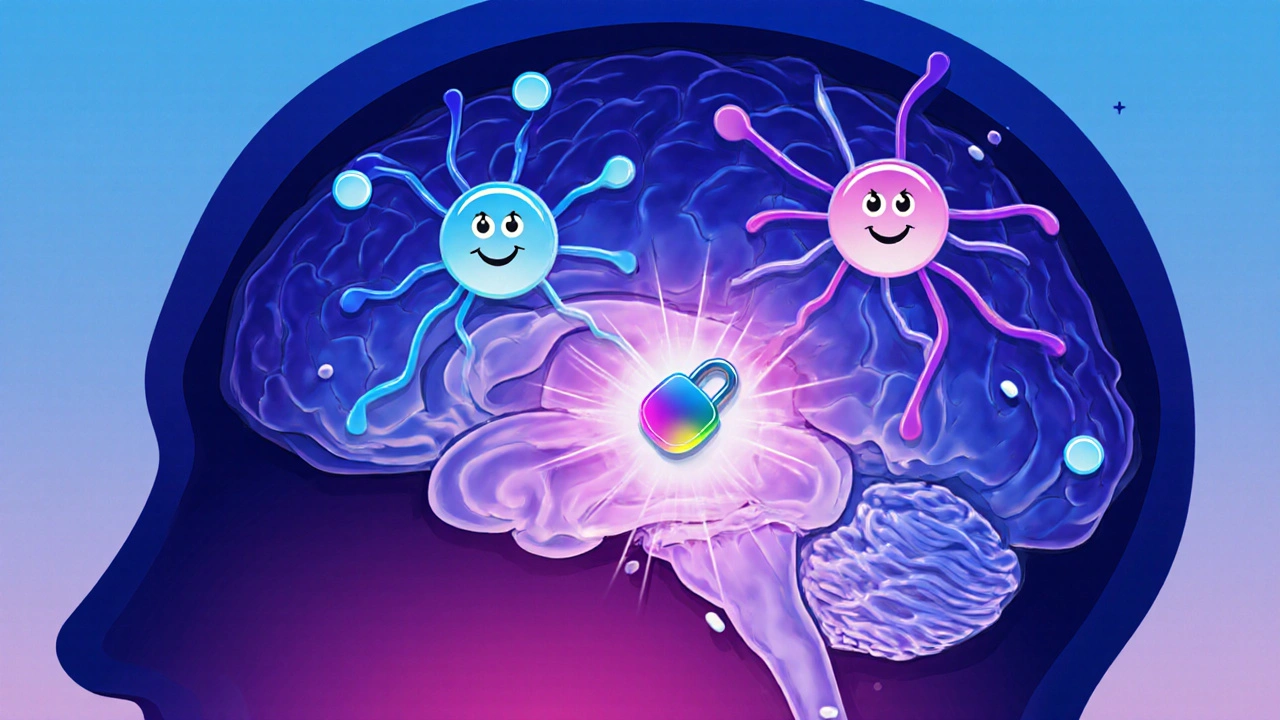
Popular Alternatives to Risperdal
Below is a quick snapshot of four widely prescribed antipsychotics that clinicians often consider alongside Risperdal.
Olanzapine is an atypical antipsychotic known for strong efficacy in treating both schizophrenia and bipolar mania, but it carries a higher risk of weight gain and metabolic syndrome.
Quetiapine offers a sedating profile useful for patients with insomnia or severe agitation; its downside is modest efficacy for positive psychotic symptoms at lower doses.
Aripiprazole is a partial dopamine agonist that often produces fewer metabolic side effects, but it can cause akathisia (restlessness) in some individuals.
Haloperidol is a first‑generation antipsychotic with high potency D2 blockade; it’s very effective for acute psychosis but is notorious for causing EPS and tardive dyskinesia.
Side‑Effect and Indication Comparison Table
| Drug | Primary FDA‑Approved Uses | Typical Daily Dose (adult) | Key Side‑Effects | Metabolic Risk |
|---|---|---|---|---|
| Risperidone | Schizophrenia, Bipolar I, Autistic Irritability | 1‑6 mg | EPS (dose‑related), ↑Prolactin, Sedation | Moderate |
| Olanzapine | Schizophrenia, Bipolar I/II | 5‑20 mg | Weight gain, Diabetes, Sedation | High |
| Quetiapine | Schizophrenia, Bipolar I/II, Major Depression (adjunct) | 150‑800 mg | Somnolence, Orthostatic hypotension | Low‑Moderate |
| Aripiprazole | Schizophrenia, Bipolar I/II, Depression adjunct | 10‑30 mg | Akathisia, Insomnia | Low |
| Haloperidol | Acute Psychosis, Tourette syndrome | 1‑10 mg | Severe EPS, Tardive dyskinesia | Low |
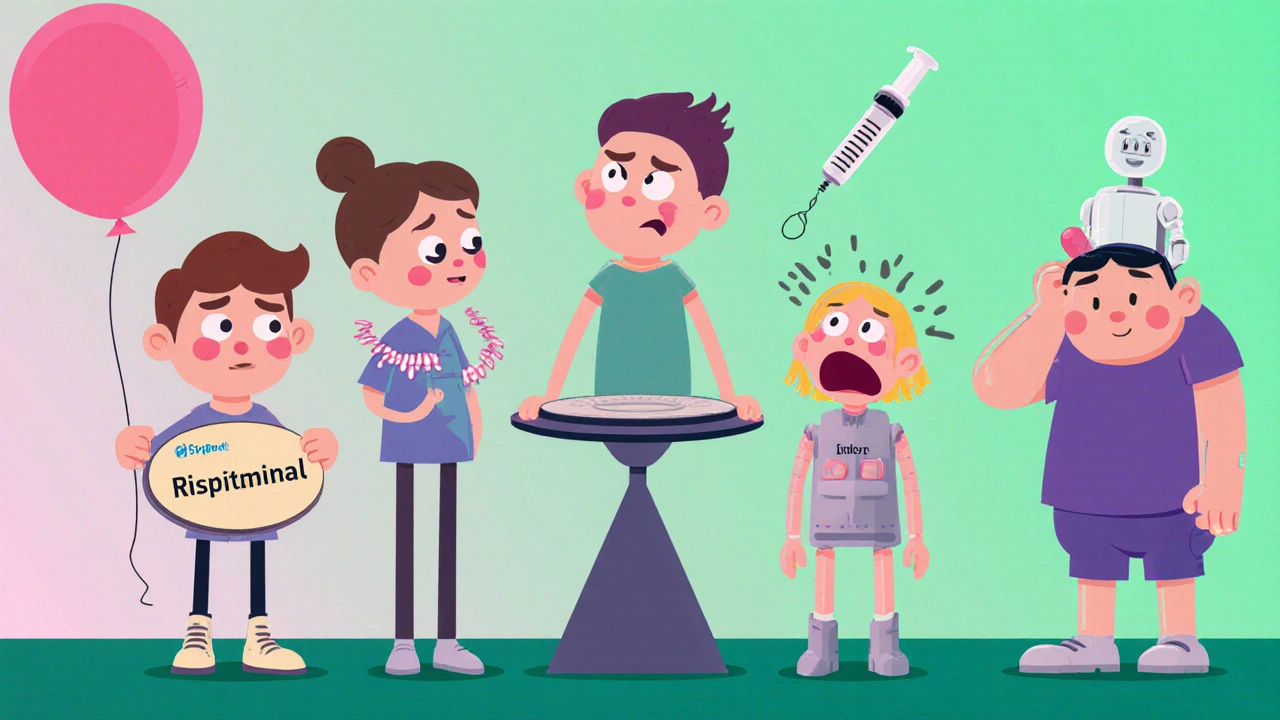
Factors to Consider When Choosing an Antipsychotic
- Symptom Profile: If positive symptoms (hallucinations, delusions) dominate, a drug with strong D2 blockade like Risperdal or Haloperidol may be preferred. For mood‑related symptoms, agents with serotonergic activity such as Olanzapine or Quetiapine can be advantageous.
- Metabolic Health: Patients with diabetes, obesity, or high cholesterol should avoid high‑risk drugs like Olanzapine. Aripiprazole or Haloperidol may be safer choices.
- Risk of EPS: Older patients or those already experiencing movement disorders benefit from lower‑EPS options (Aripiprazole, Quetiapine). If EPS is unavoidable, using the lowest effective Risperdal dose helps.
- Prolactin Concerns: Risperdal can raise prolactin dramatically, leading to galactorrhea or sexual dysfunction. If this is a deal‑breaker, consider switching to Aripiprazole, which often reduces prolactin.
- Adherence Factors: Long‑acting injectable (LAI) forms of Risperdal, Haloperidol, or Aripiprazole can improve compliance for patients who struggle with daily pills.
- Drug Interactions: Evaluate concurrent medications. Strong CYP2D6 inhibitors contraindicate high‑dose Risperdal, while CYP3A4 inducers (e.g., carbamazepine) can lower levels of many antipsychotics.
Practical Steps for a Safe Switch
- Consult your psychiatrist: Sudden changes can destabilize symptoms.
- Gradual cross‑taper: Reduce Risperdal by 1‑2 mg per week while introducing the new agent at a low dose.
- Monitor labs: Check fasting glucose, lipid panel, and prolactin before and after the switch.
- Track side‑effects: Use a simple diary to note sedation, weight changes, or movement symptoms.
- Adjust as needed: If the new drug isn’t controlling symptoms within 4‑6 weeks, discuss dosage tweaks or alternative options.
Frequently Asked Questions
Can I take Risperdal while pregnant?
Risperdal is listed as Category C by the FDA, meaning animal studies have shown some risk but there are no well‑controlled studies in humans. Doctors usually weigh the benefits for the mother against potential fetal risks and may switch to a different medication if possible.
Why does Risperdal raise prolactin?
Risperidone blocks dopamine D2 receptors in the pituitary gland, which normally keep prolactin in check. When dopamine signaling is reduced, prolactin secretion rises, leading to menstrual changes, breast enlargement, or galactorrhea.
How long does the long‑acting injectable form of Risperdal last?
The Risperdal Consta injection is given every two weeks. Blood levels stay relatively stable, which helps reduce both symptom rebound and side‑effect peaks.
Is Risperdal better than Aripiprazole for treating bipolar depression?
Clinical trials show Aripiprazole has comparable efficacy for bipolar depression with a lower risk of weight gain, but some patients respond better to Risperdal’s stronger D2 blockade. The “best” choice depends on individual response and side‑effect tolerance.
What should I do if I experience severe tremors on Risperdal?
Report the symptoms to your prescriber promptly. They may lower the dose, add a medication to counteract EPS (e.g., benztropine), or switch to an antipsychotic with a lower EPS profile such as Quetiapine or Aripiprazole.
Choosing the right antipsychotic is a highly personal decision that balances efficacy, tolerability, and lifestyle factors. By understanding how Risperdal works, what its most common alternatives offer, and the key criteria for selection, you and your healthcare team can make an informed choice that supports long‑term stability.


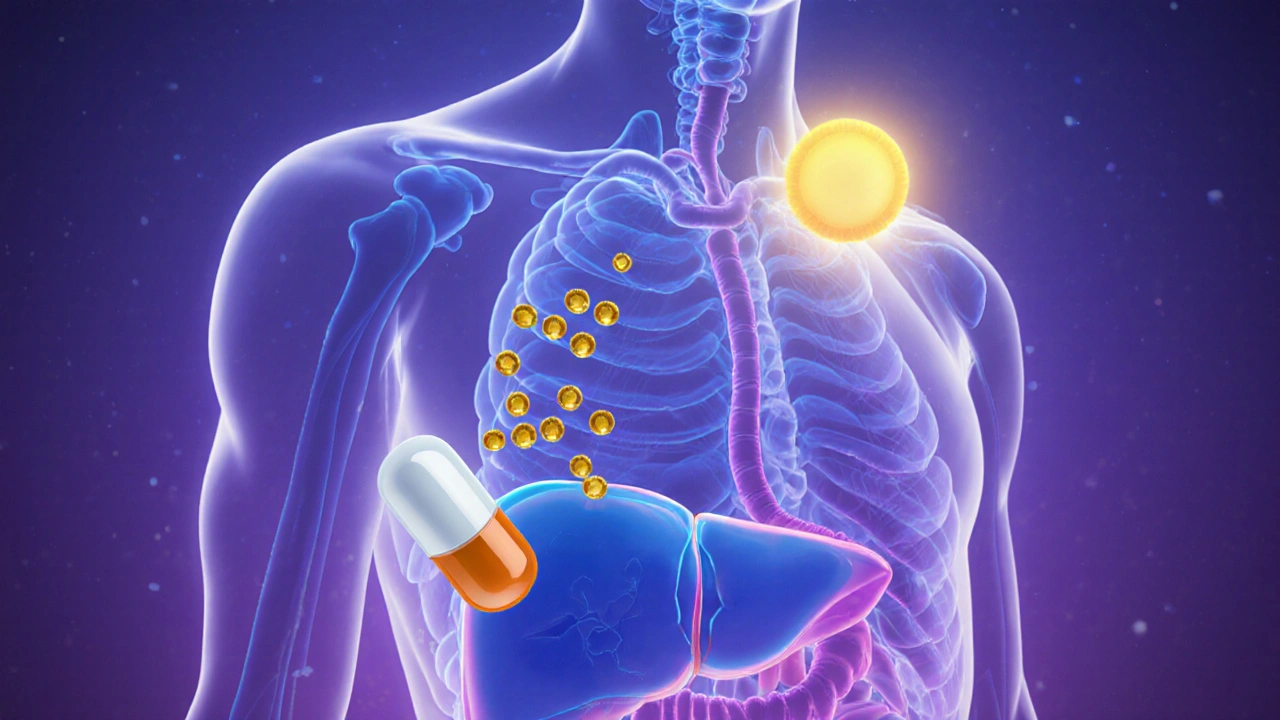
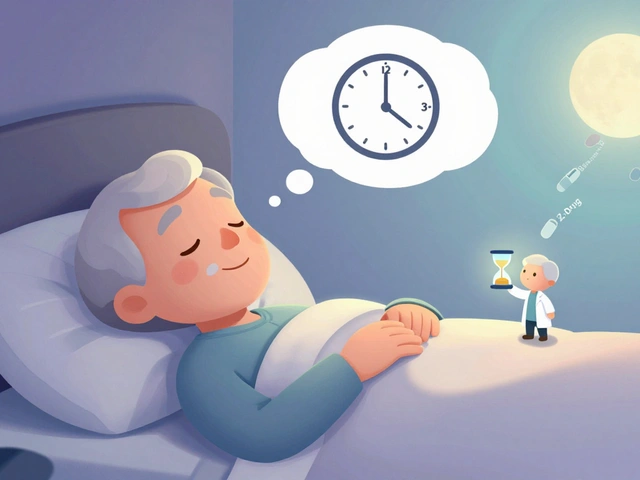
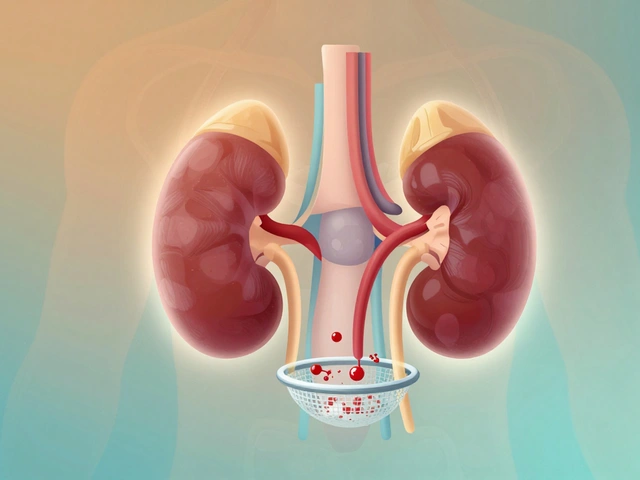
Diane Thurman on 22 October 2025, AT 18:20 PM
Honestly, if you're still hopin on Risperdal without checking prolactin levels, you're playing roulette with your hormones.